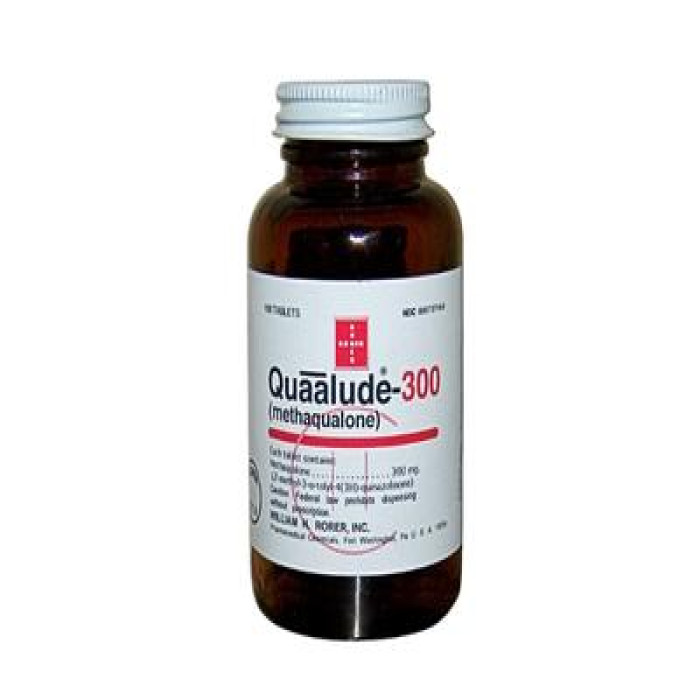
Quaalude (Methaqualone) is a sedative and hypnotic medication that was widely prescribed as a sleeping aid and for the treatment of insomnia in the 1960s and 1970s. However, due to its high potential for abuse and dangerous side effects, it was classified as a Schedule I controlled substance in the United States in 1984, making it illegal to produce, possess, or distribute. This paper will provide an overview of the uses, potential side effects, and risks associated with Quaalude.
Quaalude is a tablet that is typically taken orally, and the typical dose was 300mg. When taken as prescribed, the drug can cause drowsiness, a decrease in anxiety, and a feeling of relaxation. It was commonly used for the treatment of insomnia and as a sleeping aid.
At higher doses, Quaalude can cause confusion, disorientation, and impaired coordination, which can lead to accidents and injuries. Long-term use of the drug can lead to addiction, tolerance, and withdrawal symptoms when the drug is stopped. The drug can also cause respiratory depression and can be fatal if taken in combination with other central nervous system depressants such as alcohol, benzodiazepines, and opioids.
Risks:
Quaalude is a highly addictive drug and its use can lead to serious consequences, such as addiction, tolerance, and withdrawal symptoms. Additionally, its interactions with other drugs can be dangerous, and it has the potential to cause respiratory depression and other serious side effects.
Conclusion:
In summary, Quaalude (Methaqualone) is a sedative and hypnotic medication that was commonly prescribed as a sleeping aid and for the treatment of insomnia in the 1960s and 1970s.Healthcare professionals should be aware of the potential risks associated with Quaalude and should exercise caution when prescribing the drug to patients. If you suspect that you or someone you know may be struggling with Quaalude addiction, it is important to seek professional help as soon as possible.


